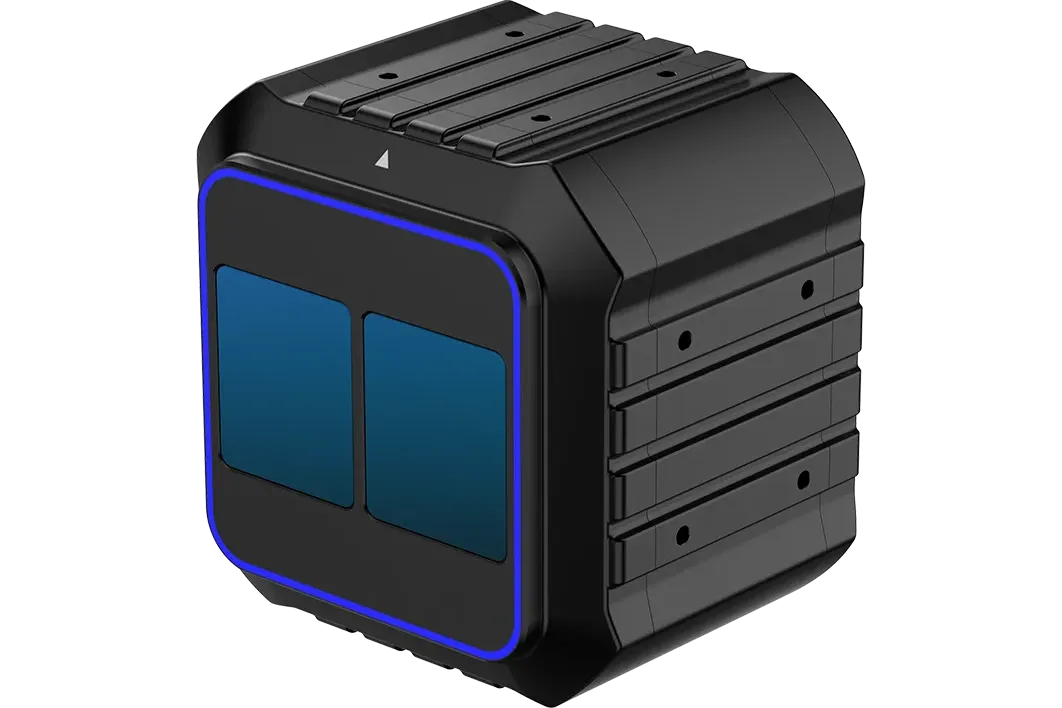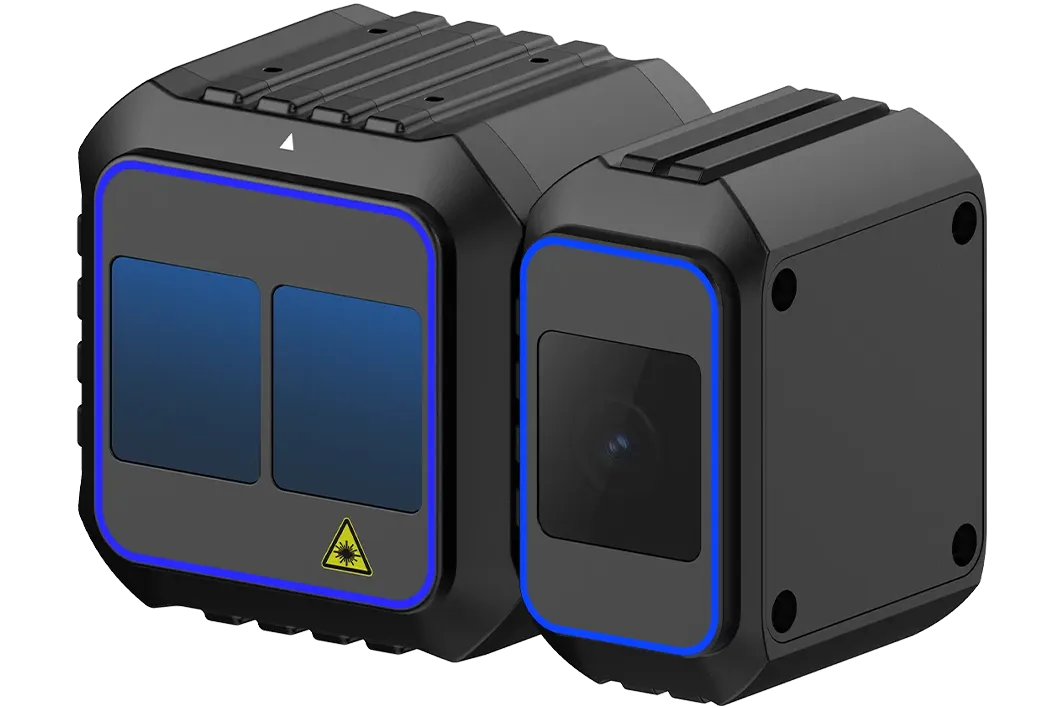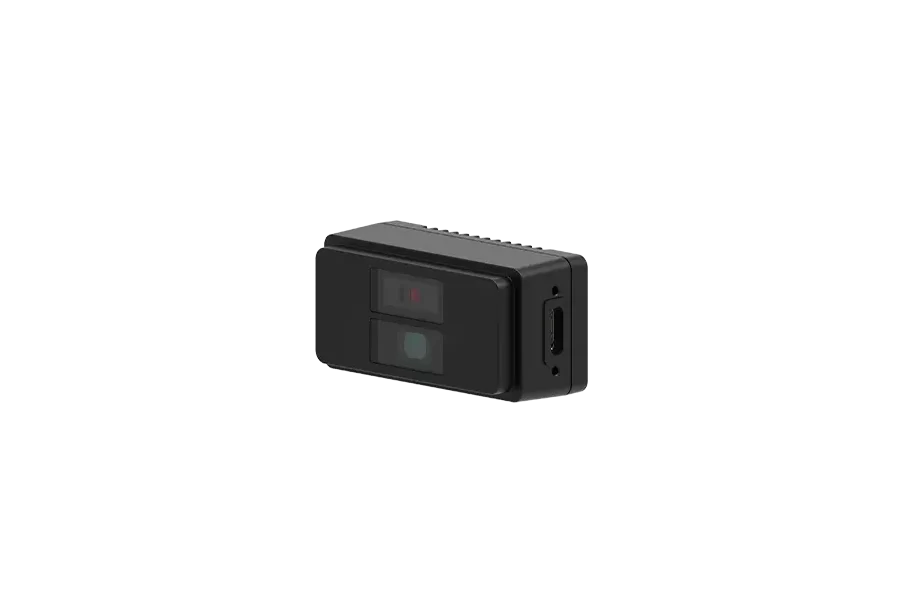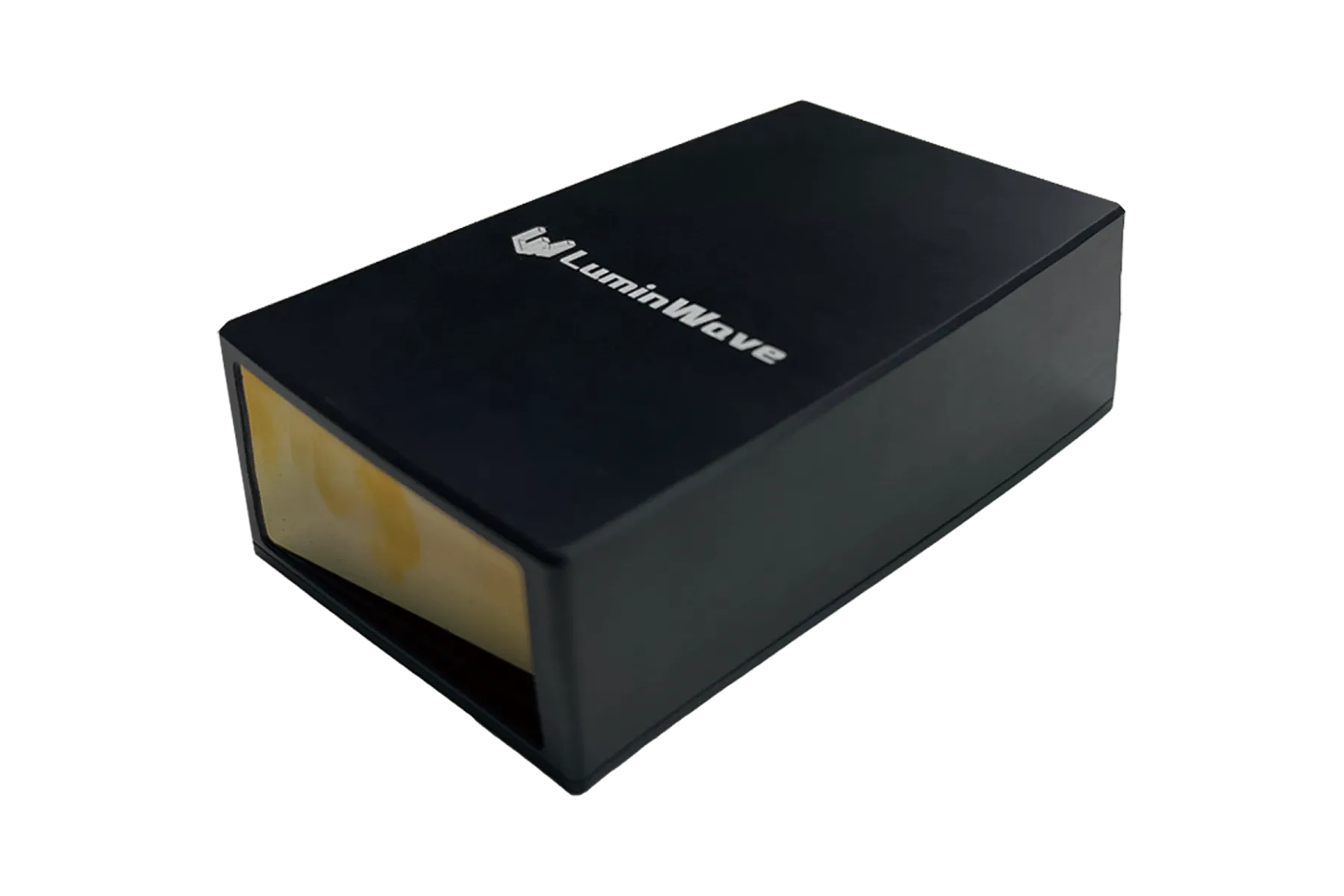Introduction
In the constantly evolving landscape of technology, innovations that enhance user experiences continue to redefine the capabilities of our devices. One such groundbreaking technology is the introduction of iToF (indirect Time-of-Flight) technology, a cutting-edge solution that promises to revolutionize depth sensing in various applications. From smartphones and augmented reality devices to 3D image processing applications, iToF is attracting attention with its ability to capture accurate and detailed depth information, unlocking new possibilities for interaction and imaging.
Understanding iToF Technology
At its core, iToF is a sensing technology designed to measure the time it takes for light to travel from the source to the subject and back to the sensor. Unlike traditional direct Time-of-Flight (dToF) technology, which measures the time it takes for light to make this round trip directly, iToF takes an indirect approach. This indirect method involves analyzing the phase shift of the light signal, enabling highly accurate distance measurements.
How iToF Works
iToF technology relies on the principles of the flying time of light traveling between objects, measuring changes in the phase of the modulated light waveform. In a typical iToF system, a modulated light signal is emitted from a light source and interacts with the subject. The reflected light then returns to the sensor, and the phase shift is analyzed to calculate the distance between the sensor and the subject. This principle is illustrated in Fig. 1 and Fig. 2.
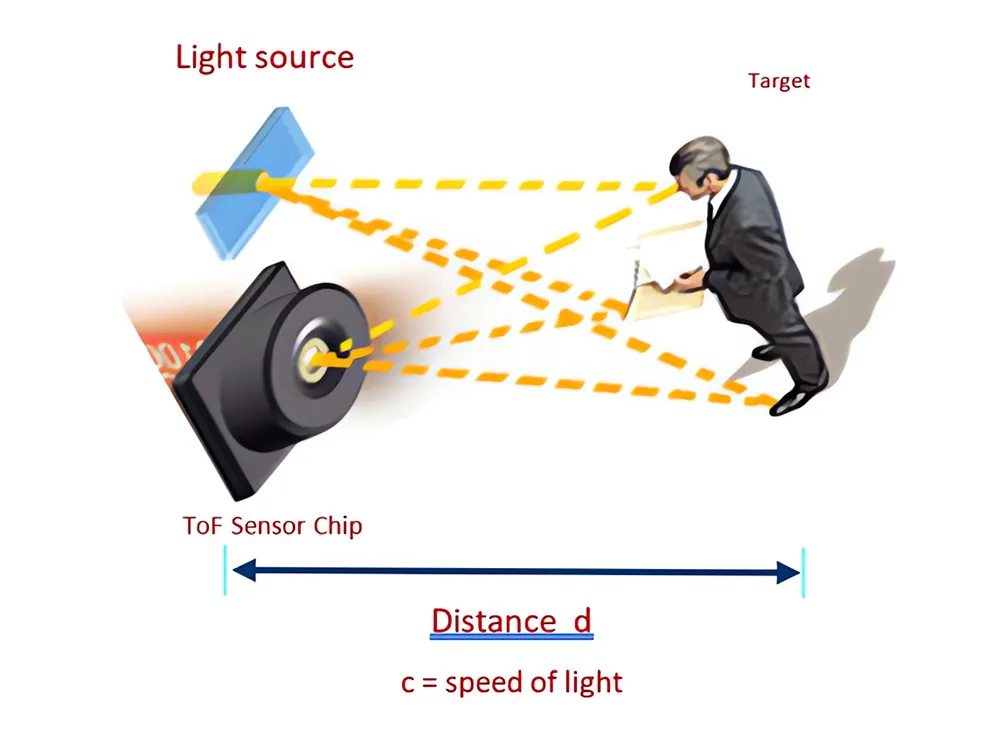
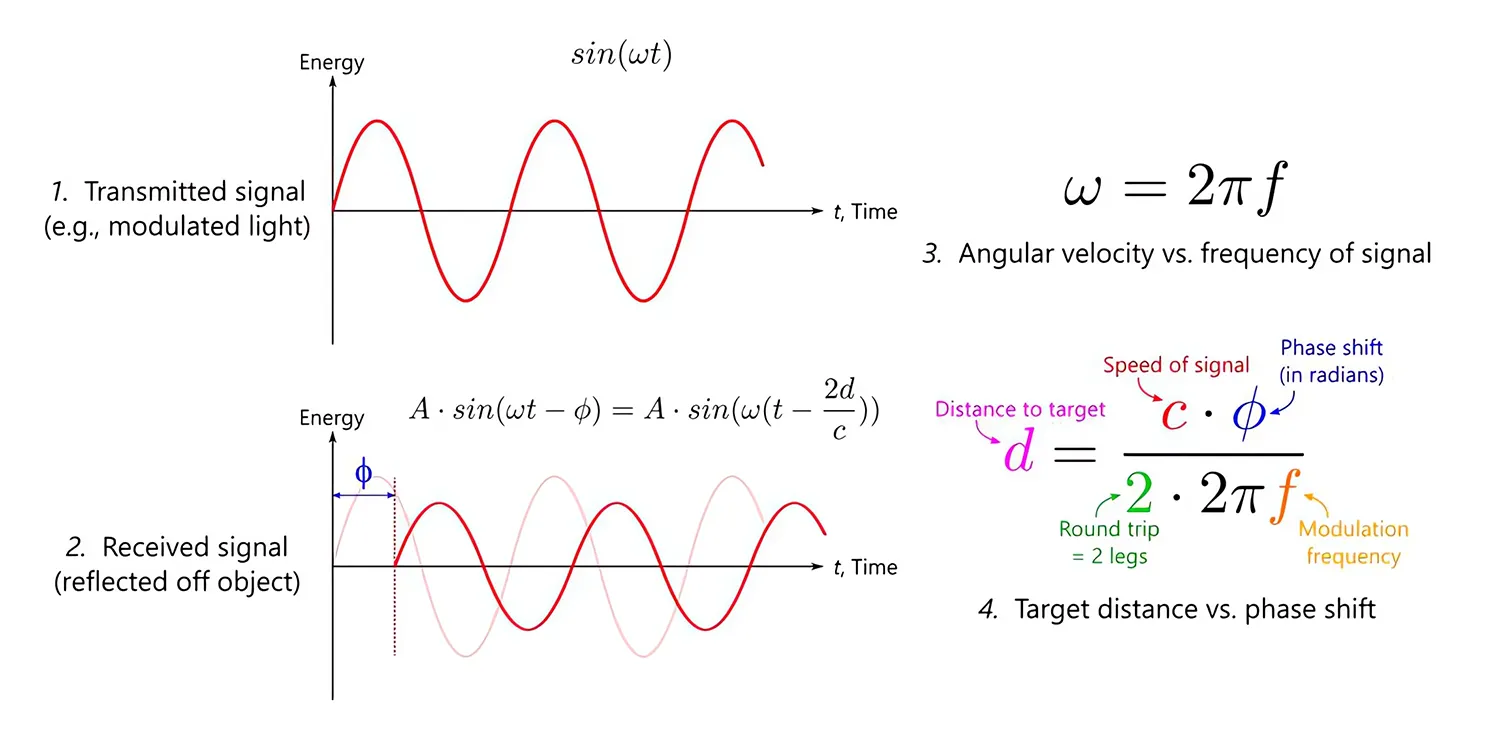
Key Advantages of iToF Technology
1. Improved Accuracy and Precision:
iToF technology offers enhanced accuracy in depth sensing, allowing devices to capture fine details with high precision. This is particularly valuable in applications such as photography, where accurate depth information is crucial for creating realistic and compelling 3D images.
2. Faster Response Times:
The indirect approach of iToF technology enables faster response times compared to traditional dToF systems. This is especially beneficial in scenarios where quick and accurate depth measurements are essential, such as in augmented reality applications or gesture recognition.
3. Low Power Consumption:
iToF technology often comes with improved energy efficiency, making it an attractive option for battery-powered devices. The indirect measurement method can be optimized for lower power consumption while maintaining high performance.
4. Versatility in Applications:
From improved facial recognition in smartphones to immersive AR experiences, and in the 3D image processing in various industrial applications, iToF technology finds applications in a wide range of devices and industries. Its versatility opens the door to innovative features and functionalities in areas such as gaming, healthcare, and automotive technology.
Applications of iToF Technology
1. Photography and Imaging:
iToF technology enhances the depth-sensing capabilities of cameras, allowing for more accurate and realistic portrait modes, bokeh effects, and improved autofocus performance.
2. Augmented Reality (AR):
In AR devices, iToF enables more precise spatial mapping, object recognition, and gesture tracking. This contributes to a more immersive and interactive AR experience.
3. Smart Vehicles:
iToF sensors play a crucial role in the development of autonomous vehicles by providing accurate distance measurements, enabling obstacle detection, and enhancing overall safety. The booming vehicle in-cabin monitoring application uses the iToF devices to enhance the driving safety.
4. Biometric Authentication:
The technology’s ability to capture precise depth information is leveraged in facial recognition systems, contributing to secure and reliable biometric authentication.
Conclusion
As iToF technology continues to mature, its impact on the world of depth sensing is becoming increasingly apparent. From elevating photography to powering the next generation of AR experiences, iToF is a technological leap that brings improved accuracy, speed, and versatility to a variety of applications. As we witness further advancements in this field, it’s clear that iToF is poised to shape the future of how our devices perceive and interact with the world around them.
